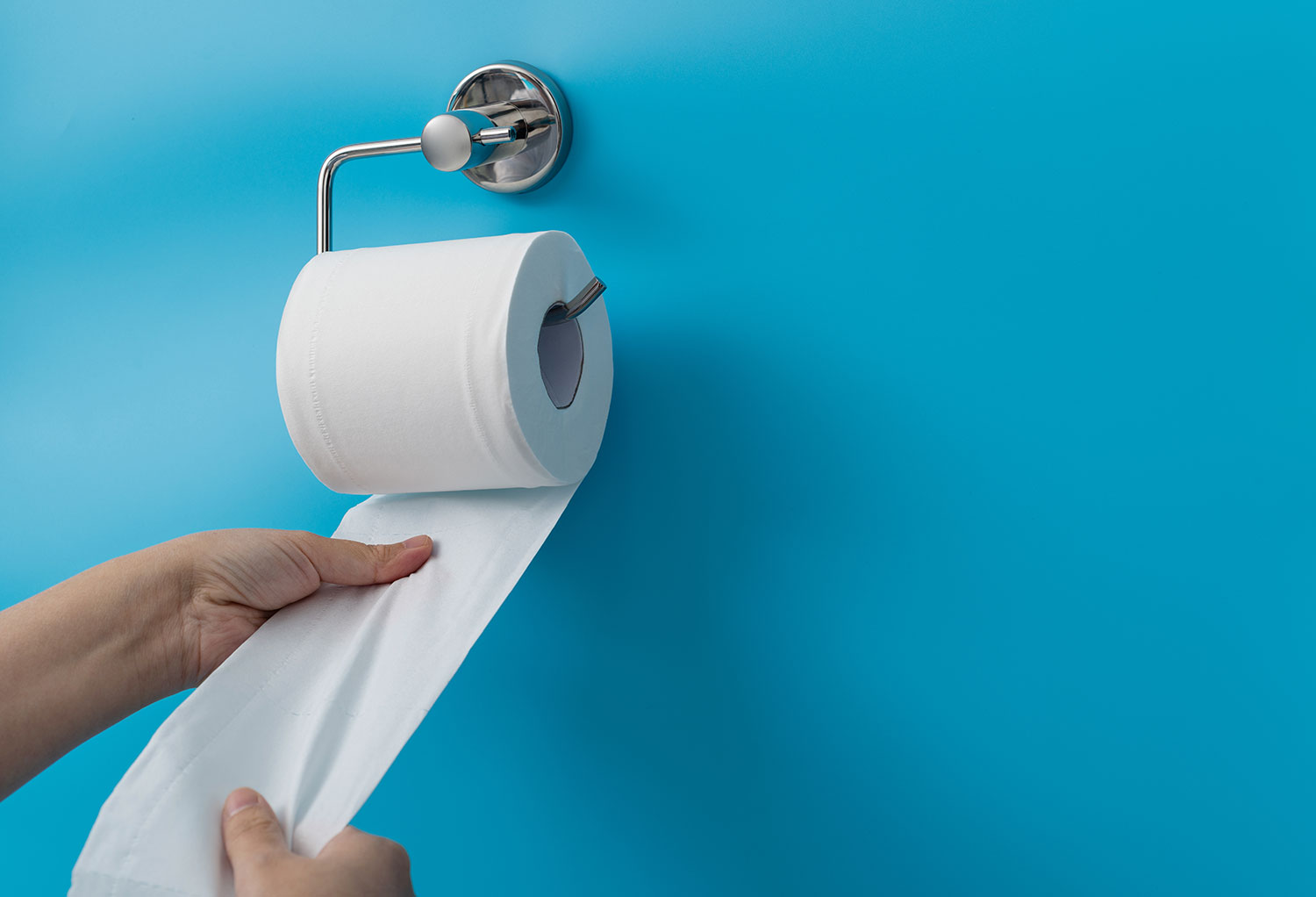
What causes UTIs in women?
Infections in any part of the urinary tract (kidneys, bladder, ureters and urethra – more on these below) are known as urinary tract infections or UTIs. Roughly 50% of women will experience a UTI in her lifetime, while 5% of men will experience one in his. This article will focus on UTI causes in women, for more information on UTIs in men, click here.
Getting to know the urinary tract
Your urinary tract is made up of:
- Kidneys – two bean-shaped organs that filter your blood and produce urine
- Bladder – a balloon-shaped organ that holds the urine
- Ureters – two tubes that carry the urine from the kidneys to the bladder
- Urethra – the tube that carries the urine from the bladder out of the body
In women the urethra is much shorter than in men, making it a shorter trip from the bladder to the outside world. This means bacteria have an easier time getting into the urinary tract and causing UTIs. In addition, the opening of the urethra is much closer to the anus in women than in men – allowing bacteria easier access to the urinary tract.
Speaking of bacteria…
The urinary tract is usually a bacteria-free zone, however if bacteria get inside, they can multiply and colonise the lining of the urinary tract towards the bladder and kidneys. The most common one that causes UTIs is called Escherichia coli, more commonly known as E. coli.
How does bacteria get in there?
There are various ways bacteria can get into your urinary tract, including:
- Sex – bacteria normally present externally can enter the urinary tract, so it is recommended to urinate after having sex
- Wiping back to front after using the bathroom – this can spread bacteria from the anus towards the urethra and transfer bacteria
- If you have or have had a urinary catheter – bacteria can travel up the catheter to get into the urinary tract
- Not keeping the genital area clean – this can allow bacteria to grow and may increase the chances of them getting into your urinary tract
What else might increase the risk of UTIs?
Menopause and UTIs may be connected. In postmenopausal women or those who have had a hysterectomy, the walls of the bladder and urethra can be thinner and drier, which has been linked to increased risk of UTIs.
A connection has also been established between birth control and UTIs. Some types of birth control such as sperm-killing creams or gels (spermicides) appear to increase the risk of UTIs in women, particularly if used with a diaphragm.
If you have diabetes, you may be at increased risk of UTIs. People with diabetes tend to have higher sugar levels in their urine, making it easier for bacteria to grow and multiply. Diabetes can also change your immune system making it more difficult for your body to fight back against UTI-causing bacteria.
Research indicates that sedentary behaviour (not moving about much) for two or more hours a day is linked to increased risk of UTIs. This may also possibly be connected to holding onto urine rather than going to the toilet and emptying the bladder.
It is important to seek medical attention if a urinary tract infection is suspected. Early treatment of a UTI may help prevent the infection spreading further up the urinary tract.
Frequently asked questions (FAQs)
UTIs occur due to bacteria getting into the urinary tract. In women the distance between the urethra and the anus is shorter than in men, making it easier for bacteria to be transferred into the urinary tract. Other ways bacteria can get in include during sexual intercourse, if you have a urinary catheter or holding onto your urine instead of going to the toilet when you feel the urge.
The longer urine sits in your bladder the more chances that bacteria can get in and start to multiply. This is why it is a good idea to go to the toilet as soon as you feel the urge.
Yes – bacteria can be transferred to the urethra during sexual intercourse, so it is recommended to urinate straight after sex to clear the area.
Things that increase your risk of a UTI include being a woman (because of the way the urinary tract is structured), wiping back to front (instead of front to back) after going to the toilet, not keeping your genital area clean, using some types of birth control (spermicides), having diabetes and living a sedentary lifestyle.
AU-2024-03-0088
